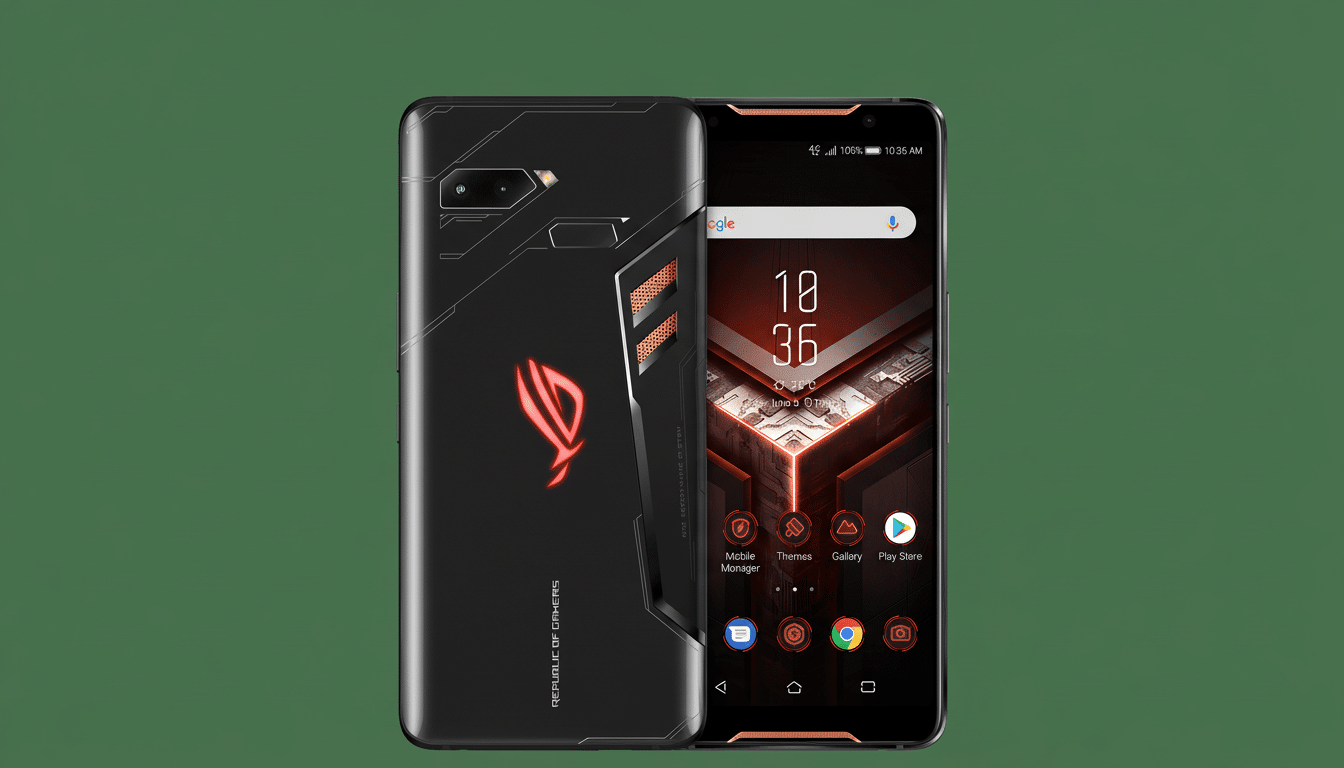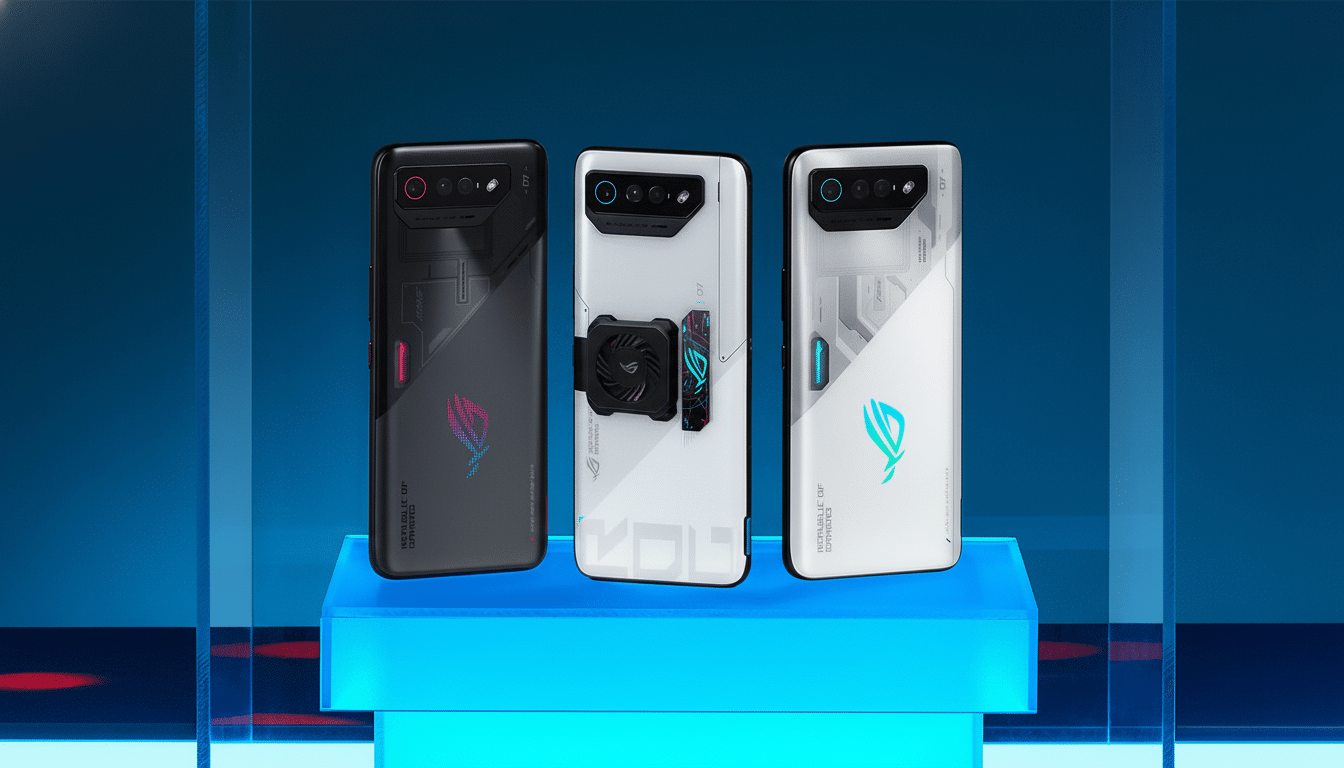HTC looks set to re-enter the gaming conversation with a budget phone, having quietly issued a new range in the Wildfire series at the GITEX tech show in Dubai.
Among the devices was one with gamer-oriented aesthetics, and according to reports, it’s just a pretty basic slab of silicon — but it does show that the company might have plans to go all-in on Android for budget gaming.

HTC’s budget play for mobile gamers with Wildfire
Mobile researcher Yasuhiro Yamane spotted six Wildfire-branded phones on offer at HTC’s booth, with a rugged phone and one squarely aimed at gamers amongst them. The gaming-focused device is based around a Unisoc T765 processor, as per industry outlet GSMArena, and comes with a large 5,600mAh battery along with a triple camera array featuring a 50MP primary shooter and a 16MP selfie cam.
All of that specs out to a pragmatic equation: mid-tier processing plus big battery equals long play sessions. And if HTC follows the standard priorities for a gaming phone, you get an adaptive refresh screen, aggressive touch sampling stats, thermal management you can rely on, and stereo speakers — the stuff that really counts in this sort of price bracket, rather than chasing after benchmark crowns.
Positioning matters here. Flagship gaming phones, such as the ROG Phone series, start well above mainstream budgets, while Nubia’s RedMagic line plays in the upper midrange-to-high-end category. Letting a Wildfire-branded player find its way to market could undercut both, pushing big-picture performance within range for the SKU playing PUBG (or some other high-fidelity mobile game).
Why this HTC gaming phone move might make sense
Mobile games are still the biggest segment of the world gaming market, making up about half of the industry’s revenue, according to Newzoo’s market outlook. That scale draws in brands that can find equilibrium between cost and features that make an obvious difference in play — screen smoothness, battery stamina, and reliable thermals.
Budget and mid-tier phones fuel shipments in many regions, especially in places where people are more sensitive to price, says Counterpoint Research. A cost-effective Unisoc platform meets that demand. It allows for 5G in a range of configurations, keeps thermals tolerable, and hits price bands where HTC’s Wildfire line has been historically competitive.
Then there is brand synergy to think about. HTC’s gaming reputation now rests solely on its legacy as a VR maker via the Vive ecosystem. But a gaming-focused phone — even one cheap enough to be accessible as a second device — could put the HTC name in front of young gamers who do most of their playing on mobile, and signal that there is a larger ecosystem play coming.
Design hints and the wider HTC Wildfire lineup context
Images from the show floor indicate eclectic industrial design. The camera units differ within the lot, borrowing visual inspiration from recent entries from Xiaomi, vivo, and Samsung. Such variety seems to indicate HTC is playing around with identity within the Wildfire brand, rather than pushing a single, unified aesthetic.

The battery figure stands out. Above the 5,000mAh baseline (now common among midrange phones) sits a 5,600mAh cell for added gaming stamina. The 50MP main and 16MP selfie figures stack up against fairly standard sensors in the $150–$300 bracket, suggesting imaging will be solid if not standout.
If it truly is mid-range silicon, the execution will be everything.
There’s also the fact that, among a lineup of phones that are all neck and neck in actual benchmark tests, sometimes fine-grained input processing, throttling, and an uncluttered version of Android can affect gameplay more than your raw CPU score. Brands such as Poco, Infinix, and Tecno have been able to grab share simply by nailing these basics; HTC will need to at least match that bar, if not raise it.
What to watch next for HTC’s budget gaming phone
There are some major unknowns: display refresh rate (hopefully 120Hz or faster), touch sampling, storage speed, RAM size, and cooling design, as well as whether HTC goes all-in with gamer-friendly extras such as shoulder triggers, scene-based game modes, and powerful haptic motors.
Software support policies will also be inspected, since longer-term update allowances are resonating more and more with value-minded customers.
Availability and pricing in your region will decide how disruptive this model can be. A competitive price tag in regions such as India, Southeast Asia, the Middle East, and parts of Europe could make it a go-to budget choice for esports-ready play. Regulatory listings and certification, which are often spied before a product hits the retail scene, could be seen prior to an official announcement.
For the moment, the GITEX showpiece is a statement of intent. With a reported Unisoc T765, large battery, and gamer-forward styling, HTC seems ready to test the waters where performance and price converge. If it’s tuned properly and gets the pricing right, that Wildfire gaming edition could be a great new entry to the budget gaming phone field.

